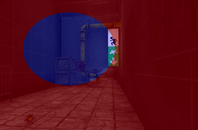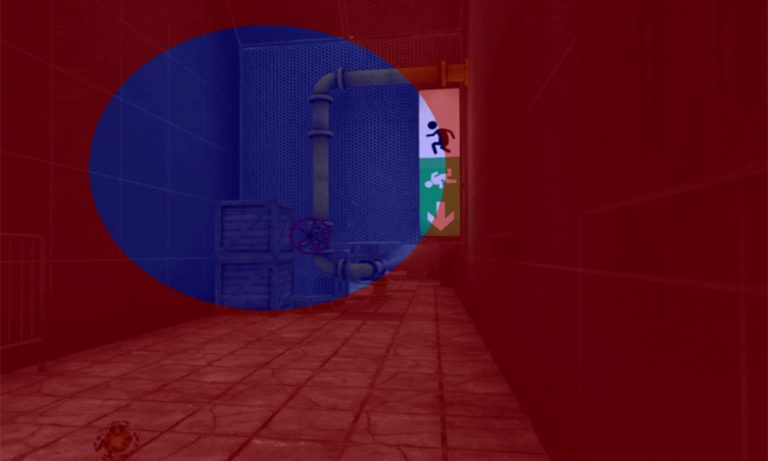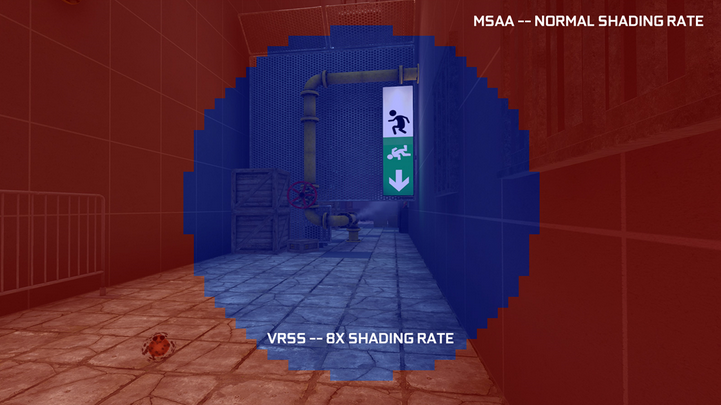
Designing rich content and graphics for VR experiences means creating complex materials and high-resolution textures. But rendering all that content at VR resolutions and frame rates can be challenging, especially when rendering at the highest quality. You can address this challenge by using variable rate shading (VRS) to focus shader resources on certain parts of an image��specifically��
]]>
NVIDIA is releasing the latest version of Variable Rate Supersampling (VRSS), which now includes gaze-tracked foveated rendering. VRSS 2 with dynamic foveated region at 8x shading rate. The blue foveated region has the highest image quality and location determined by eye gaze-tracking. Image of Boneworks courtesy of Stress Level Zero. Foveated rendering is a technique where a region of the��
]]>
For information about VRSS 2, see Delivering Dynamic Foveated Rendering with NVIDIA VRSS 2. The Virtual Reality (VR) industry is in the midst of a new hardware cycle �C higher resolution headsets and better optics being the key focus points for the device manufacturers. Similarly on the software front, there has been a wave of content-rich applications and an emphasis on flawless VR��
]]>
ZeroLight��s proprietary visualisation platform is used across the automotive industry. Offering real-time product rendering, hyper-realistic visuals, our proprietary supersampling technology, and fully configurable models, our platform has enabled automotive OEMs to exceed their customers�� expectations with a range of dynamic, high-quality experiences for various outputs.
]]>